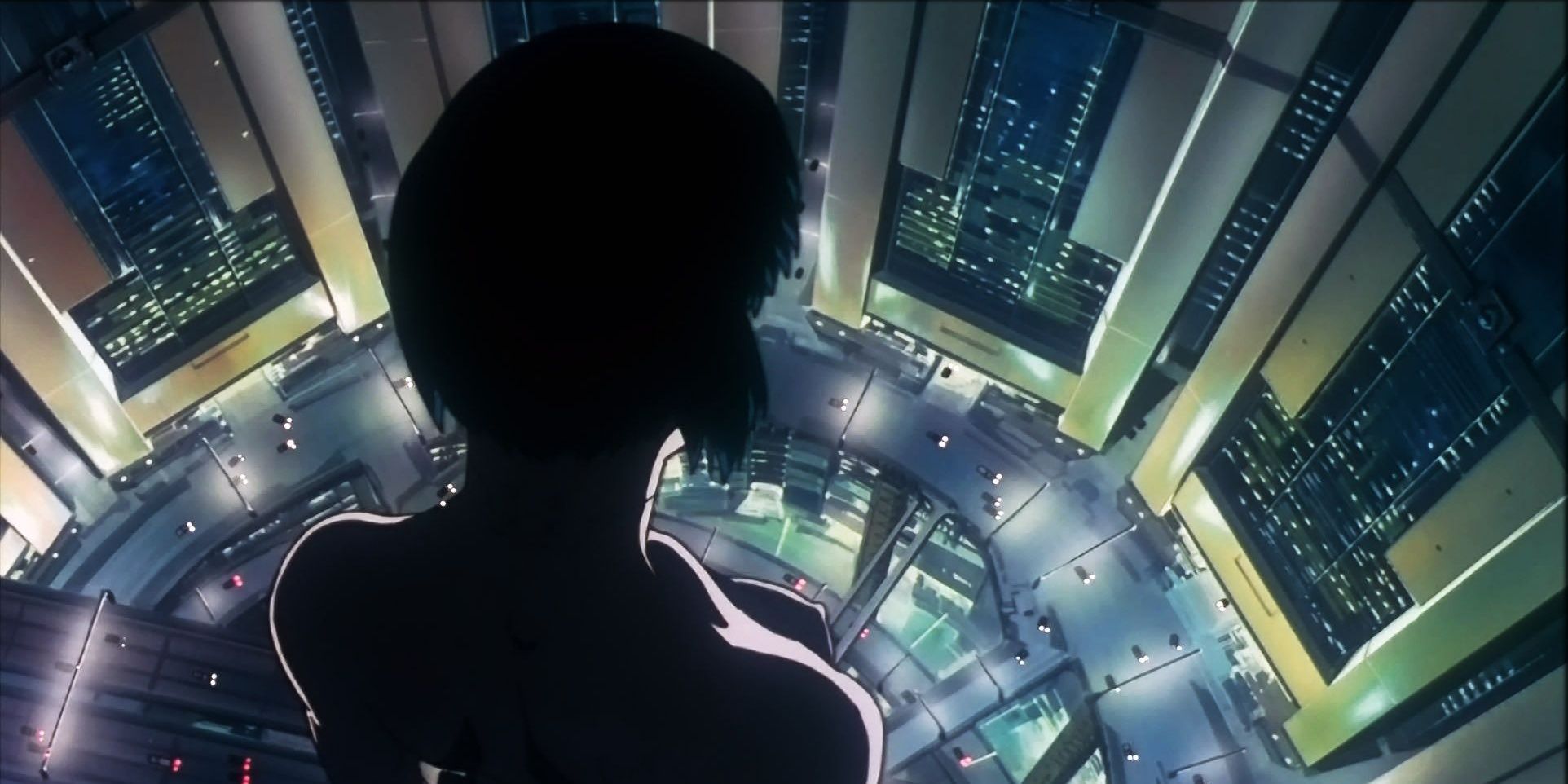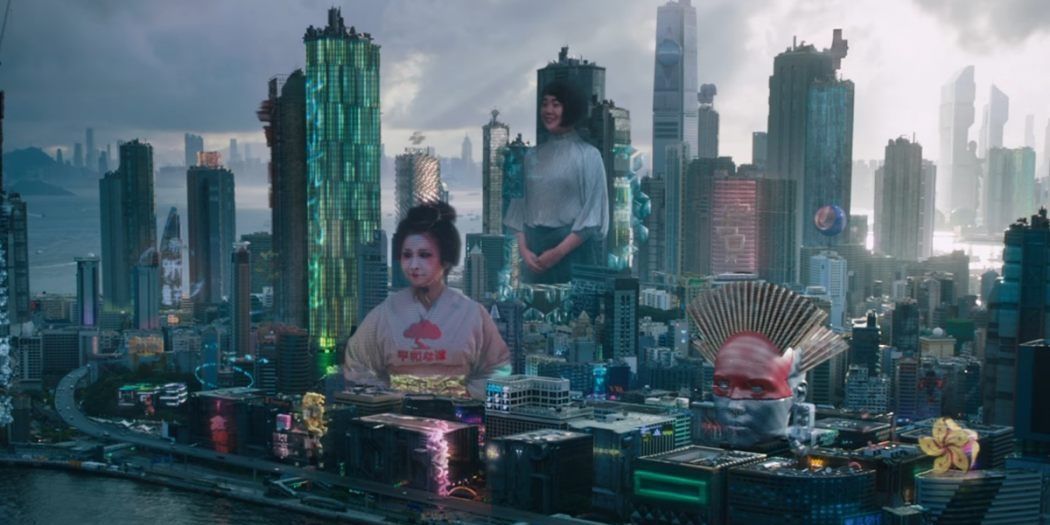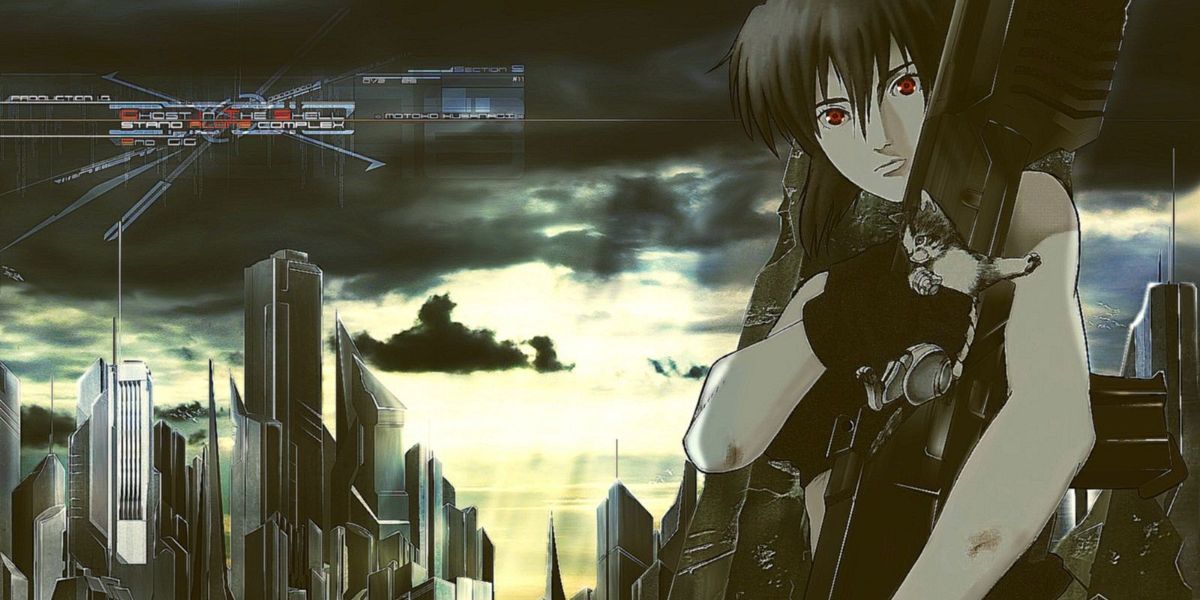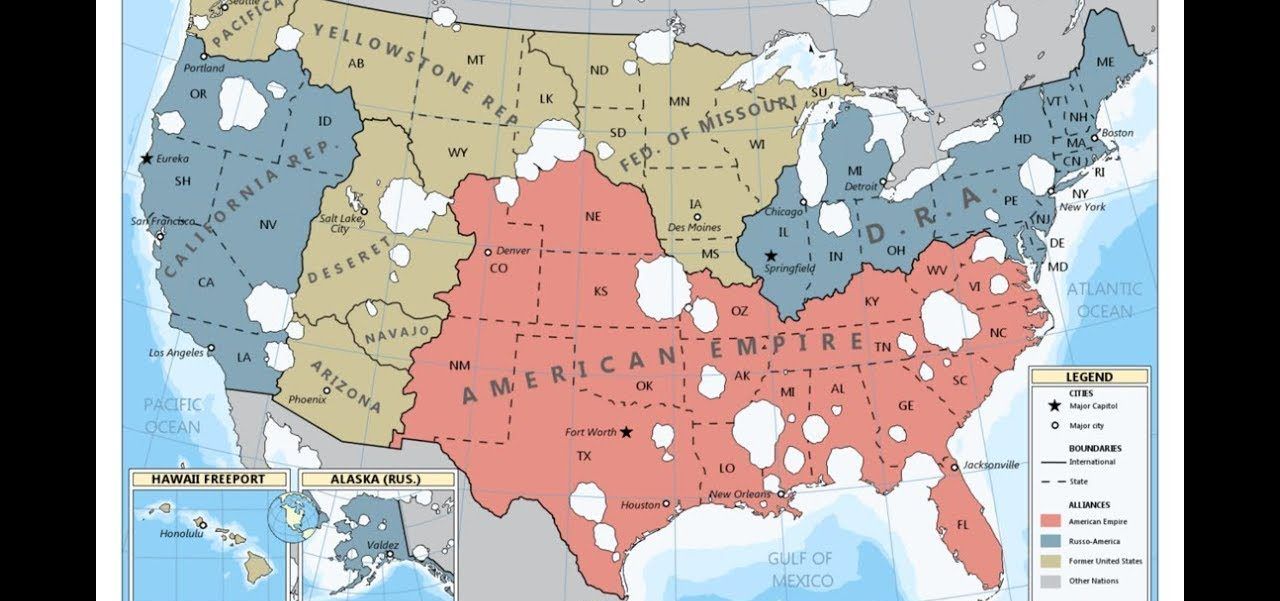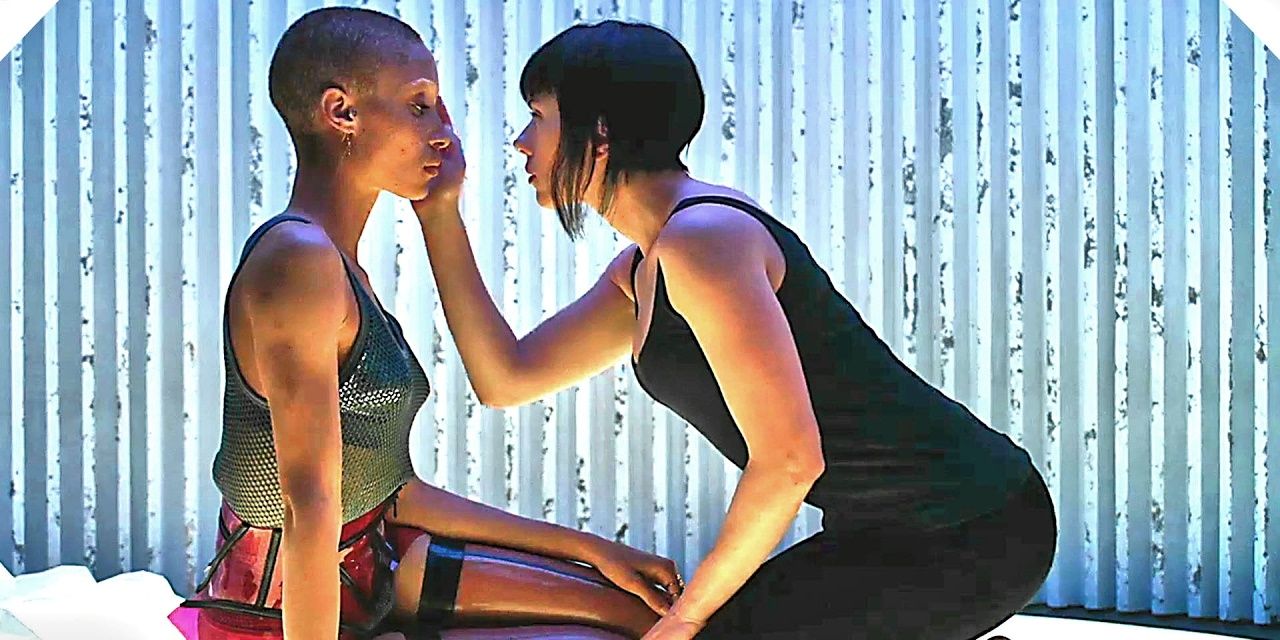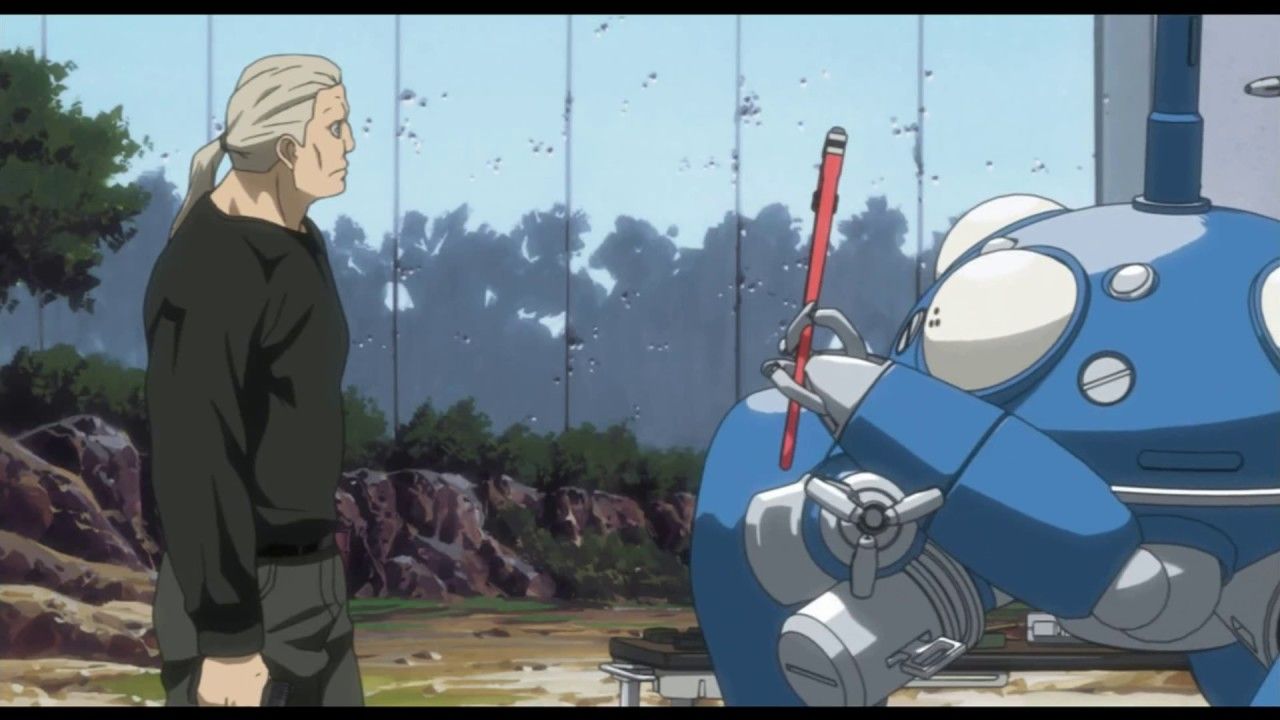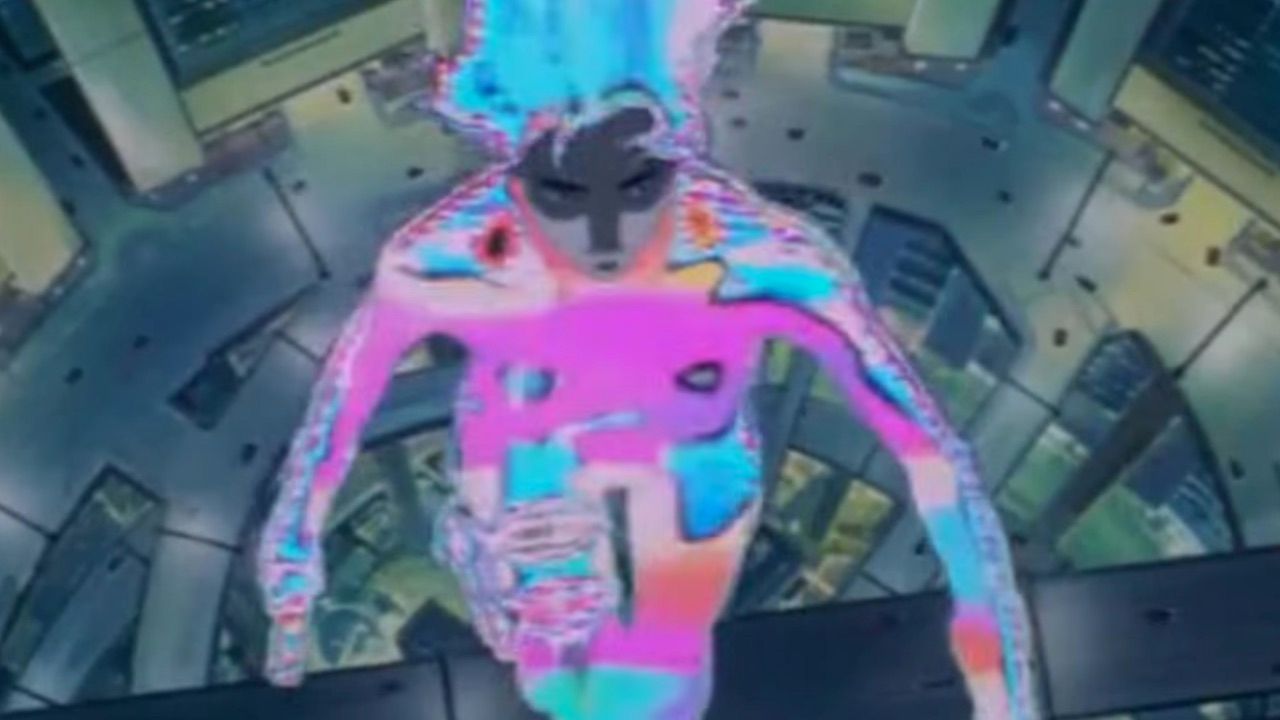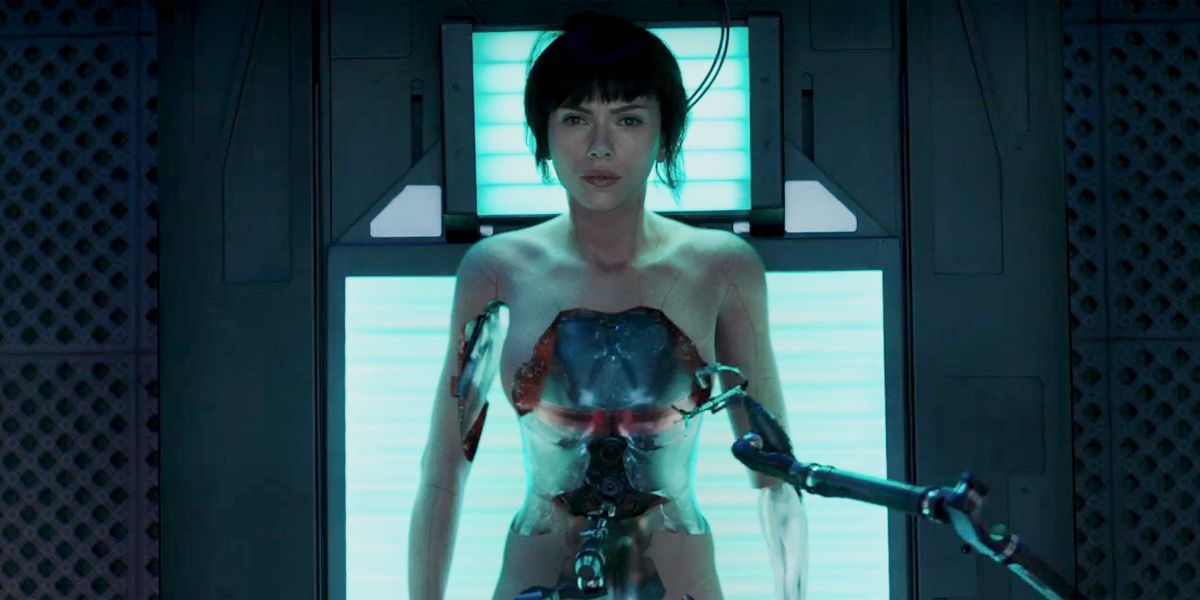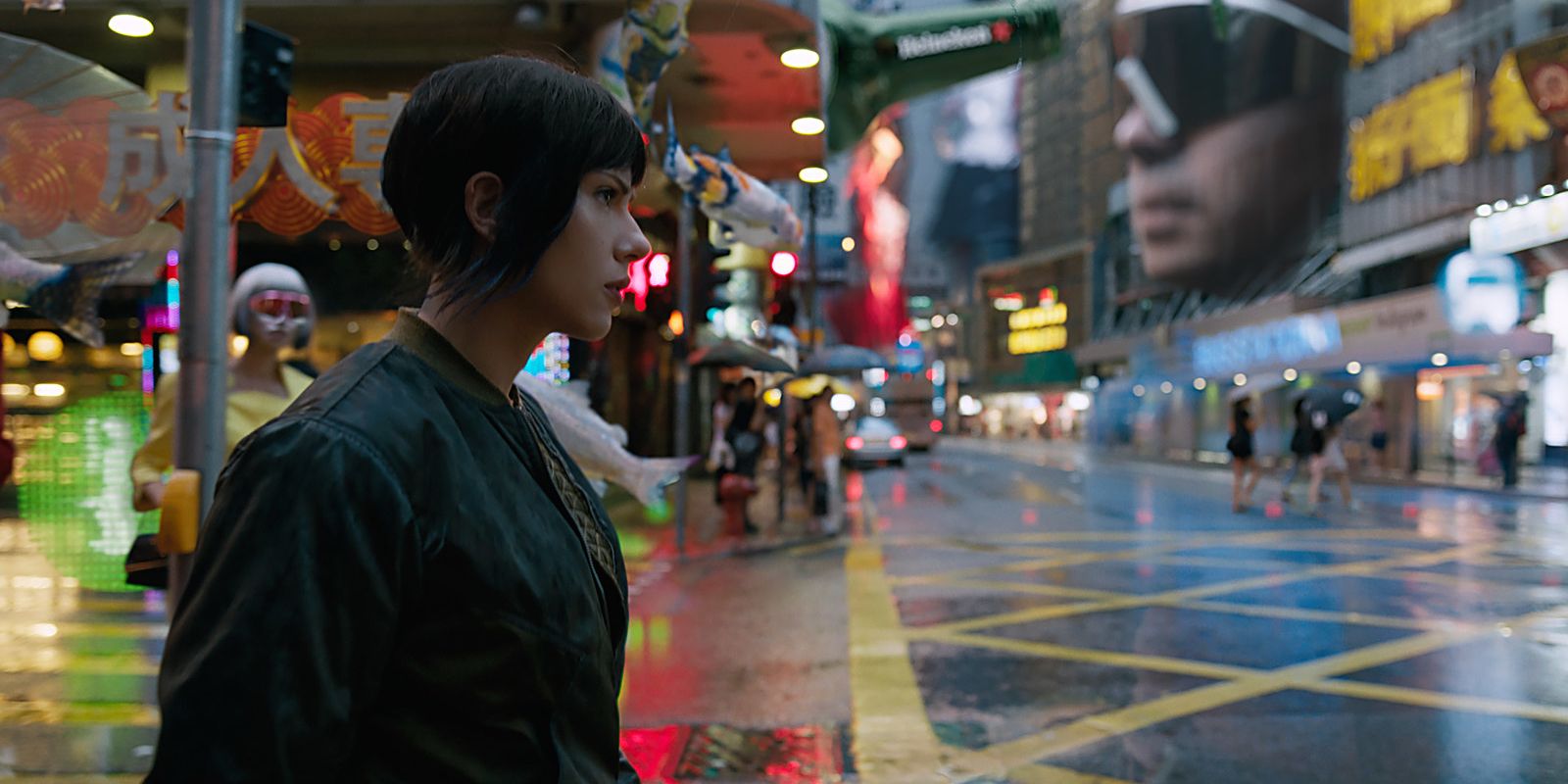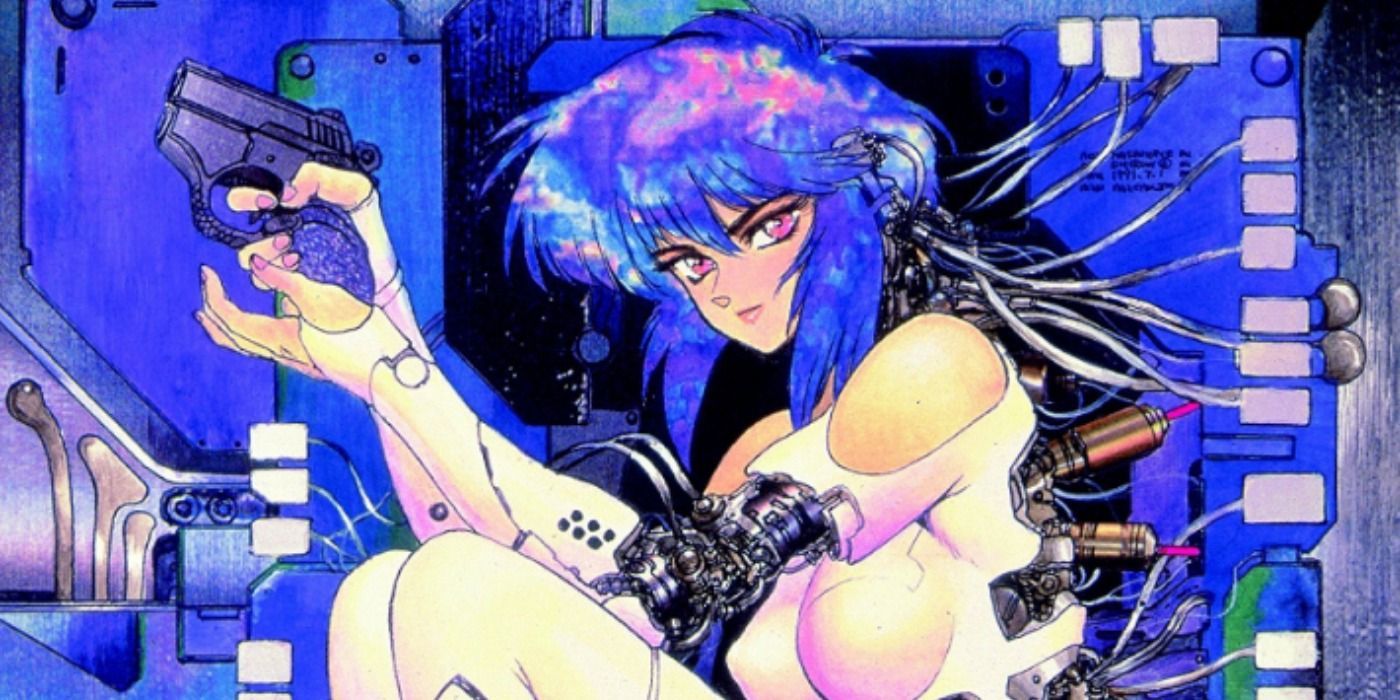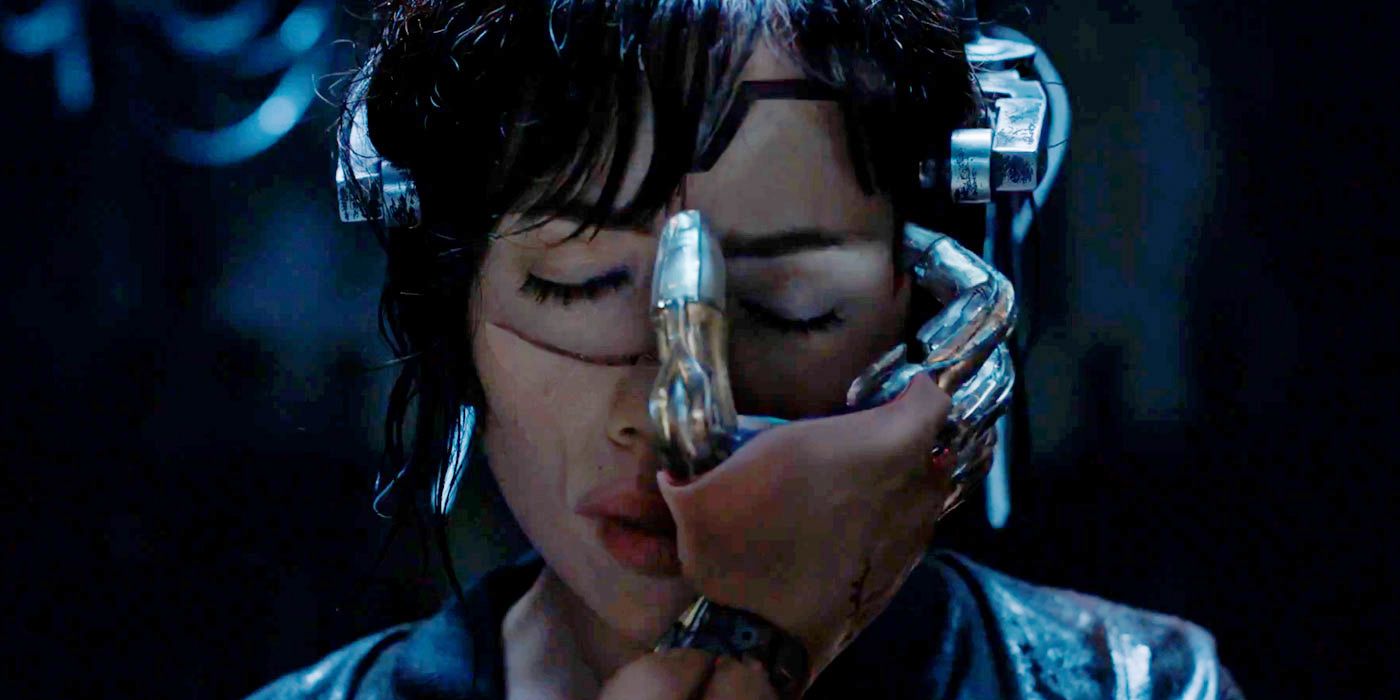When it comes to predicting the future, it's pretty much a crapshoot for everyone. Either you're right, or you're wrong. The stakes might be a little bit higher in science-fiction, a genre that generally concerns itself with what may happen tomorrow, a hundred years or millennia from now.
When Ghost In The Shell debuted in the early 90s as a manga and then an anime, its ambitious portrayals of a post-cyberpunk world in mid-21st century Japan were bold and intriguing from the start. So what did Ghost In The Shell get right? What did it get wrong? Let's take a look.
10 Wrong: Japan Is (Partially) Underwater
Part of the depressing backstory of the Ghost In The Shell franchise is that World War III destroyed much of the civilized world as we know it. A nuclear war between te Cold War opponents the United States and the Soviet Union sent western civilization to an involuntary visit to the crematorium. Subsequently, the sticks-and-stones contested World War IV sank much of Tokyo and the surrounding region beneath the sea. Thankfully, that's not the case in 2020. Despite a terrible tsunami in 2011, Japan remains strong and intact.
9 Right: Cyberdefense
While maybe not the overriding concern right at this exact moment, cyber warfare has rapidly become a major focus of nations around the world in the 21st century. Hacking and information warfare on small and grand scales have transformed the battlefield from, well, a battlefield to your social media feeds. In Ghost In The Shell, Section 9 exists for this very reason. Major Motoko Kusanagi, Batuo and crew fight in the shadows to keep New Port City and Japan both safe from a world that has become largely cybernetic.
8 Wrong: American Empire
Despite its continued success as a global superpower, America is not an empire, nor is it fractured into three different countries. After the nuclear devastation of World War III, America proudly carried on, but she did it with a bit of a limp. Massive craters mar the landscape, and the pieces that were left congealed into three distinct nations: The American Empire, which has a security pact with Japan, the Russo-Amerian Alliance (sounds complicated) and the rump, or remnant, United States of America. Probably not a place you want to spend much time.
7 Right: Social Distancing
Part of the cybernetic world the Major and the rest of Japan exists in is blurred between human and robot. As confusing and close as those two extremes are, humans are a bit distant from each other. Connections are hard to make, even if being plugged in is whatever everybody does.
This is true in particular for the Major, who's human brain resides within an entirely cybernetic body. A great sense of physical isolation comes through in the anime, though she does have some relationships. Her relationships are equal opportunity when it comes to men or women, but due to the very complicated dynamics of her body, interfacing with women allows for a more shared experience.
6 Wrong: No Think-Tanks
While we have some pretty righteous tanks out there in the world, none of them are walking around on eight legs. The primary combat vehicle of Section 9, Tachikoma, or 'Think Tanks' possesses a nightmarish dexterity that is unlike anything we have in 2020. Besides the legs (and the arms - with guns!) - the coolest part of these critters is the fact they can be controlled remotely. Much like drones, their systems are linked through satellites that allow operators to deploy them from a safe distance. Or you can ride around them. It depends entirely on your comfort level.
5 Right: Thermoptics
One of the most badass things the Major does in Ghost In The Shell happens right in the first scene of the 1995 anime: she uses her specialized thermoptic suit (not unlike an invisibility cloak), which allows her to blend in with her background. She becomes invisible, making her a deadly and effective soldier against unwitting enemies just trying to do shady deals in hotel rooms. Something like this actually exists. Recently, Japanese scientists created something called “retro-reflective projection” or RPT technology. This technology renders a person invisible by blending into their surroundings.
4 Wrong: No Cybernetic Implants
Section 9 exists entirely to defend Japan against those who would take advantage of the rapidly evolving cybernetic culture they live in. The elite strikeforce is made up almost entirely of men and women who have some degree of cybernetic augmentation. In the case of the Major, it's extreme. For others, it's less so, but still a significant part of who they are. Batou's eyes are cybernetic implants, allowing him enhanced vision, and so are his arms, giving him superhuman strength. While there are certainly artificial hearts and limbs, we've yet to see anything on this scale.
3 Right: Install Ad Blocker
Right - ish? Click on too many websites these days and you're bound to be inundated with ads. And then even more ads. It's fine when you can close your laptop, but not so much when those ads follow you around.
Ads are inescapable in New Port City, to the point where skyscraper-sized ones eye from blocks away. While this isn't the case for us yet in 2020, ads are increasingly ubiquitous. On your phone, tablet or even digital billboards on highways or in gas stations, ads are always finding you.
2 Wrong: Disembodied Souls
Along with cybernetic arms, eyes, and hearts, another key feature of 2029 we don't have - yet - is the ability to transfer our consciousness into cybernetic bodies. Someone like the Major remains only a possibility today. Ghost In The Shell has become wildly influential since its debut back in 1989, becoming a forerunner for films like The Matrix. Like all great science-fiction, it anticipates the future by examining the present. While digital consciousness may be down the road for us, the human brain remains a largely unexplored territory in 2020.
1 Right: The Internet
When the manga of Ghost In The Shell first appeared in 1989, it anticipated a world of 2029 connected through a vast, invisible electronic network. It wouldn't be too long before this vision came true. Life without the internet is hard to imagine, especially right now. It's become a necessary part of the fabric of our lives. While it hasn't quite become the pervasive aspect of society depicted in Ghost In The Shell, (where your brain can be hacked) it's easy to see how that moment isn't far off.

